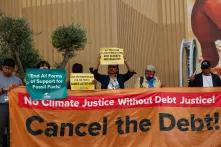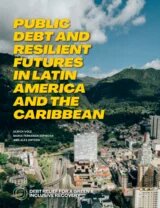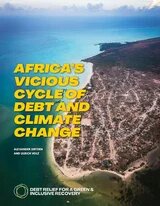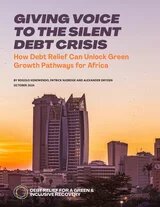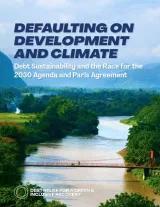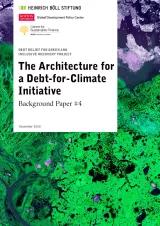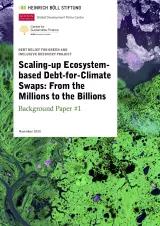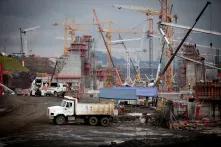Dossier
Debt Relief for Green and Inclusive Recovery
A silent sovereign debt crisis is unfolding in the Global South. High external debt levels and burdensome debt servicing are weakening development in many emerging market and developing economies, underminig their capacity to grow and adapt to the climate crisis.
The Debt Relief for a Green and Inclusive Recovery (DRGR) Project was founded by the the Boston University Global Development Policy Center, Heinrich-Böll-Stiftung and the Centre for Sustainable Finance, SOAS University of London in 2020 during the height of the COVID-19 pandemic. Heinrich-Böll-Stiftung and the SOAS Centre for Sustainable Finance remain active contributors.
The DRGR Project works with policy makers, thought leaders and civil society from around the world to develop systemic approaches to both resolve the debt crisis and advance a just transition to sustainable, low-carbon economy.
For more information, please visit our website www.drgr.org

Events
Tackling the Triple Crisis of Debt, Climate, and Development - Heinrich-Böll-Stiftung
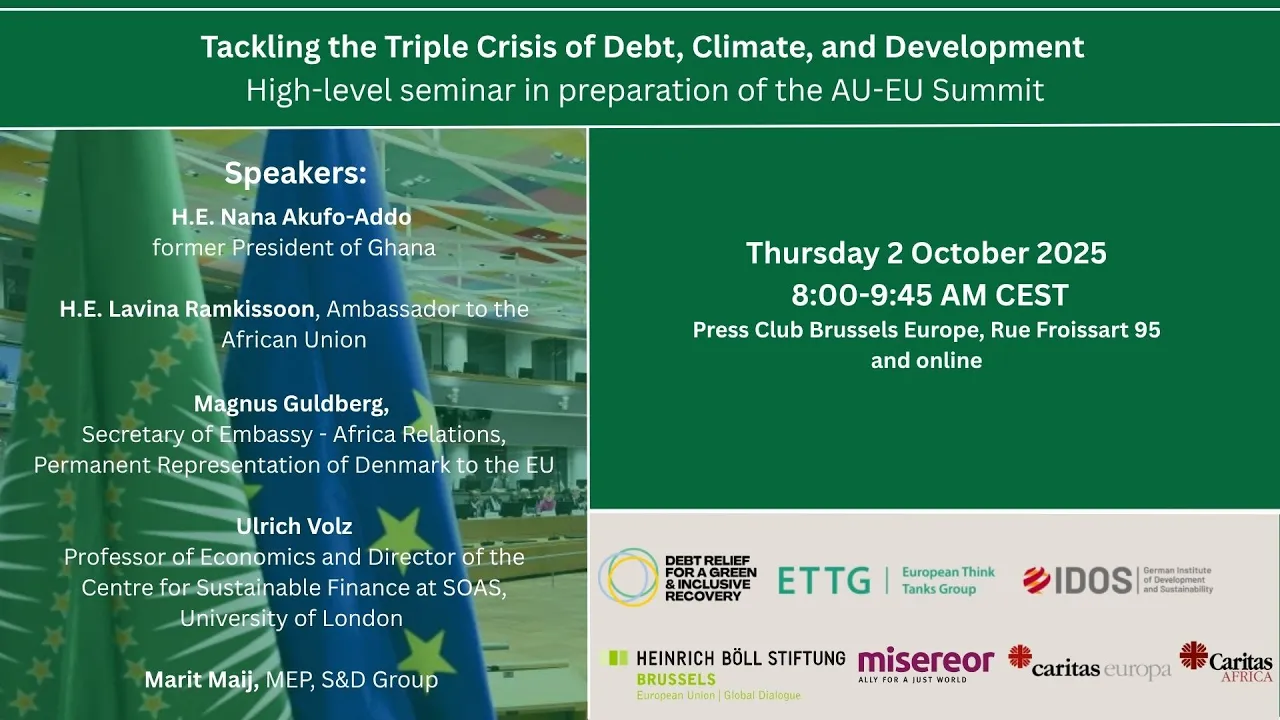 Watch on YouTube
Watch on YouTube
Tackling the Triple Crisis of Debt, Climate, and Development
Recording from October 02. 2025
Panel discussion: Tackling Sovereign Debt Problems Amid Global Shocks - Heinrich-Böll-Stiftung
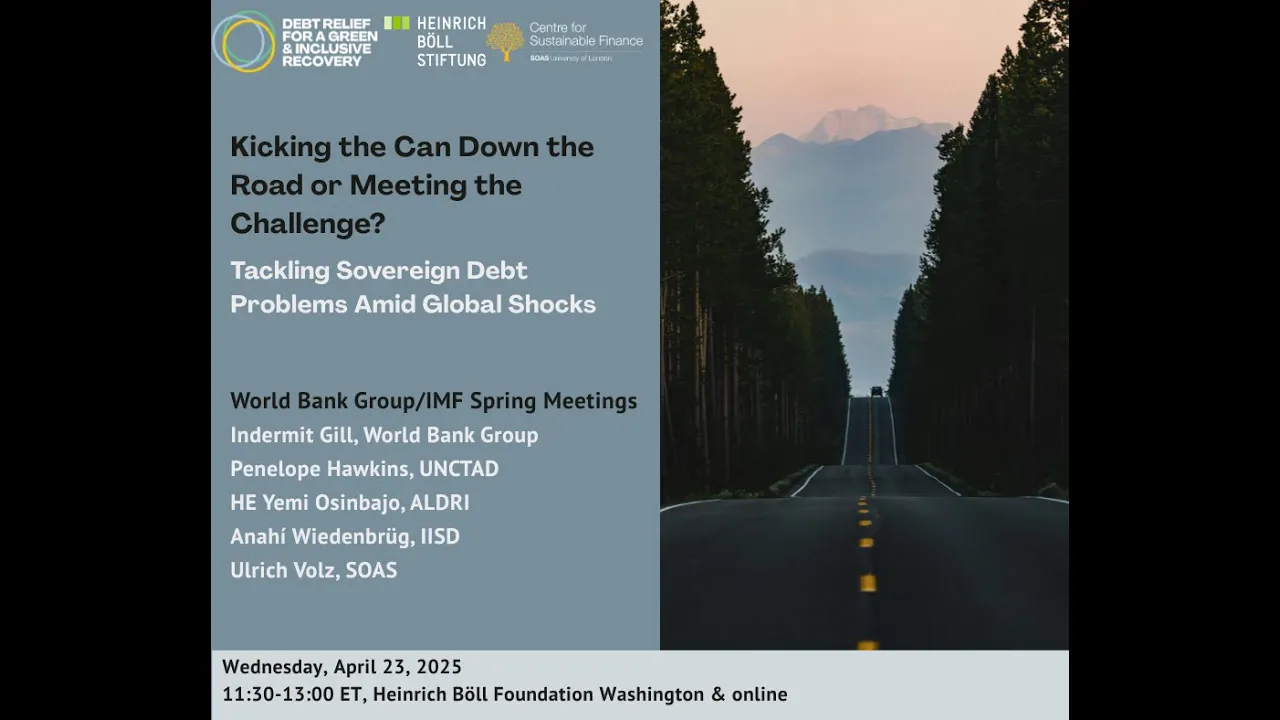 Watch on YouTube
Watch on YouTube
Kicking the Can Down the Road or Meeting the Challenge? Tackling Sovereign Debt Problems Amid Global Shocks
Recording from April 23. 2025
Investing for the Future - How Debt Relief Can Help Make Space for Climate and Development Goals - Heinrich-Böll-Stiftung
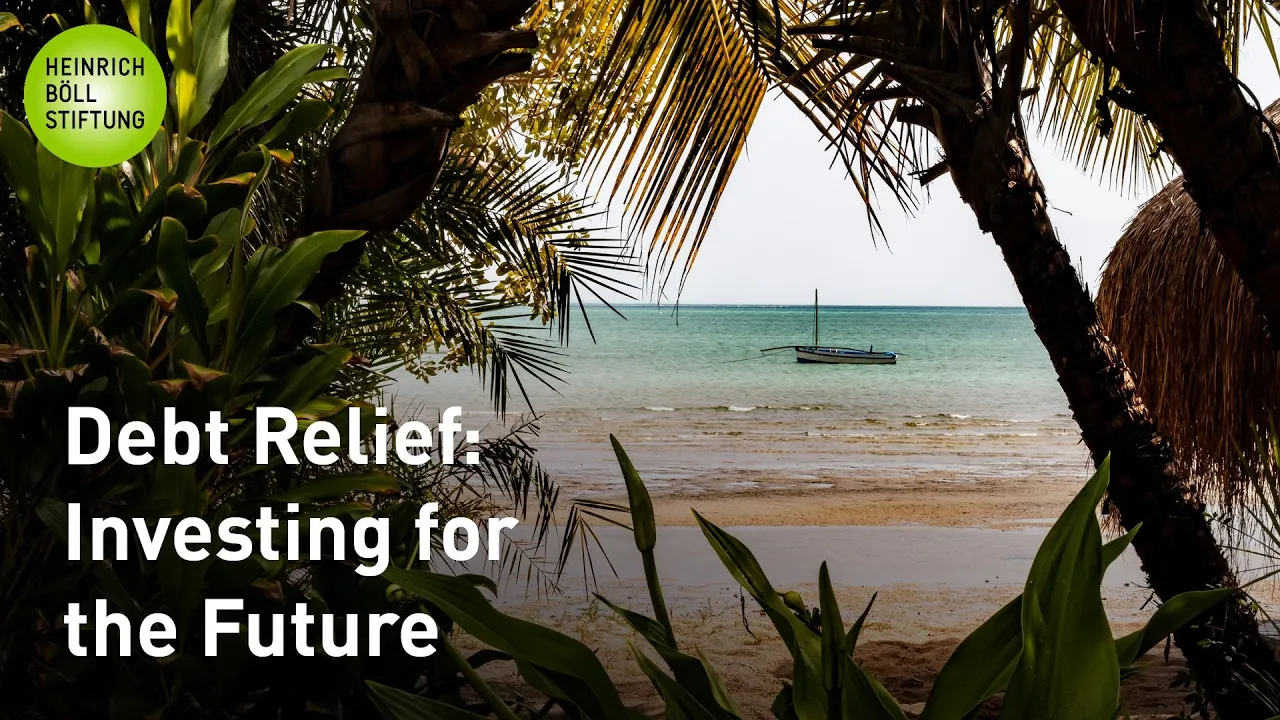 Watch on YouTube
Watch on YouTube
Investing for the Future - How Debt Relief Can Help Make Space for Climate and Development Goals
Recording from May 14, 2024
Videos
Sovereign debt Relief for climate vulnerable countries (#COP29 #G20) - Heinrich-Böll-Stiftung
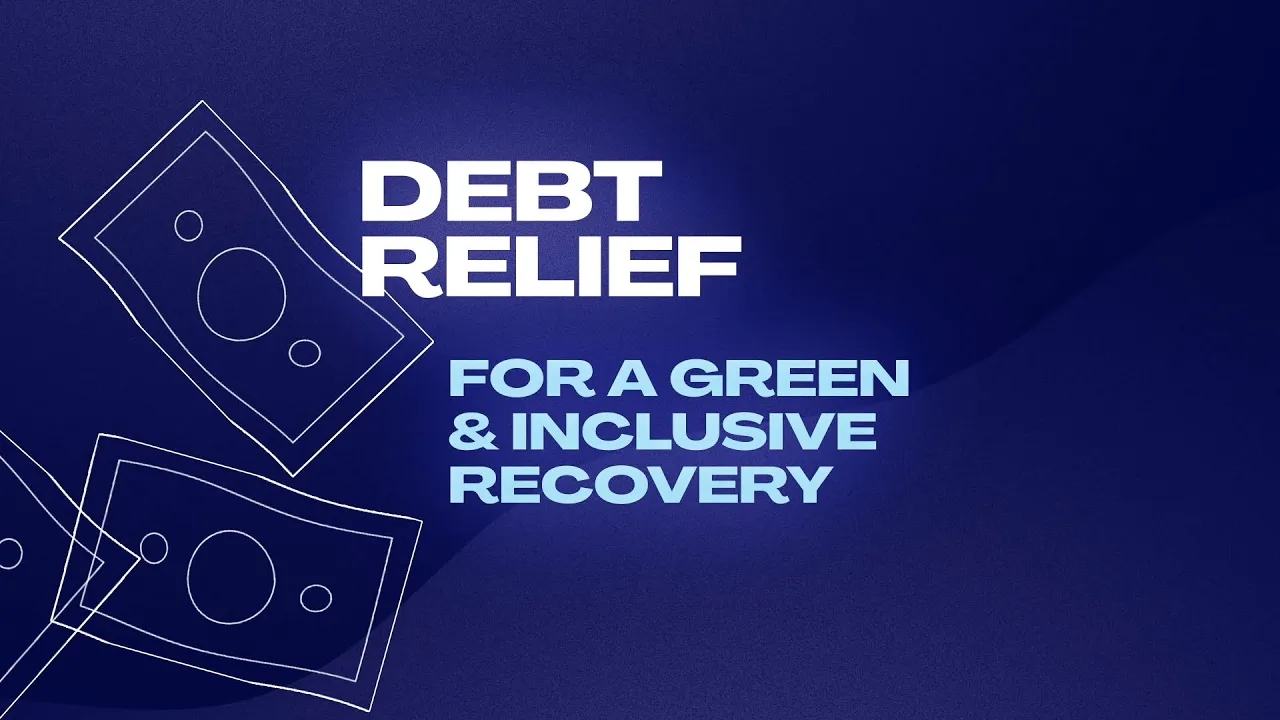 Watch on YouTube
Watch on YouTube
Sovereign debt Relief for climate vulnerable countries (#COP29 #G20)
Debt Relief for Climate Vulnerable Countries explained [2023] - Heinrich-Böll-Stiftung
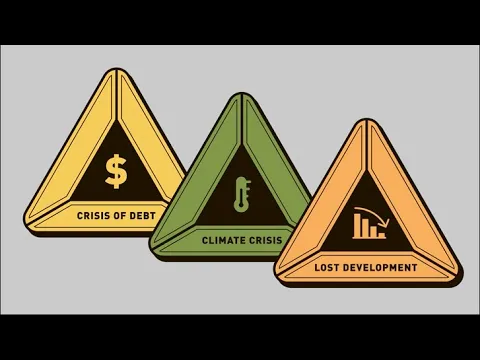 Watch on YouTube
Watch on YouTube
Main Reports
Vidoes: Presentation of Main Reports
Key Messages - Launch Debt Relief for a Green and Inclusive Recovery Report - Heinrich-Böll-Stiftung
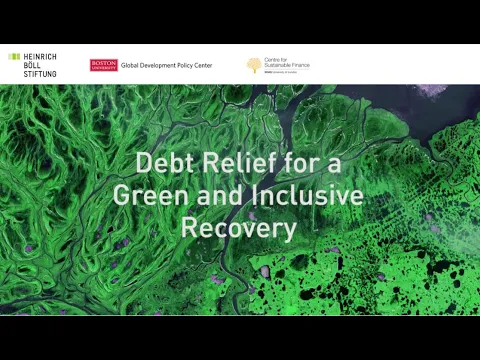 Watch on YouTube
Watch on YouTube
Recording - Launch of the Report Debt Relief for a Green and Inclusive Recovery - Heinrich-Böll-Stiftung
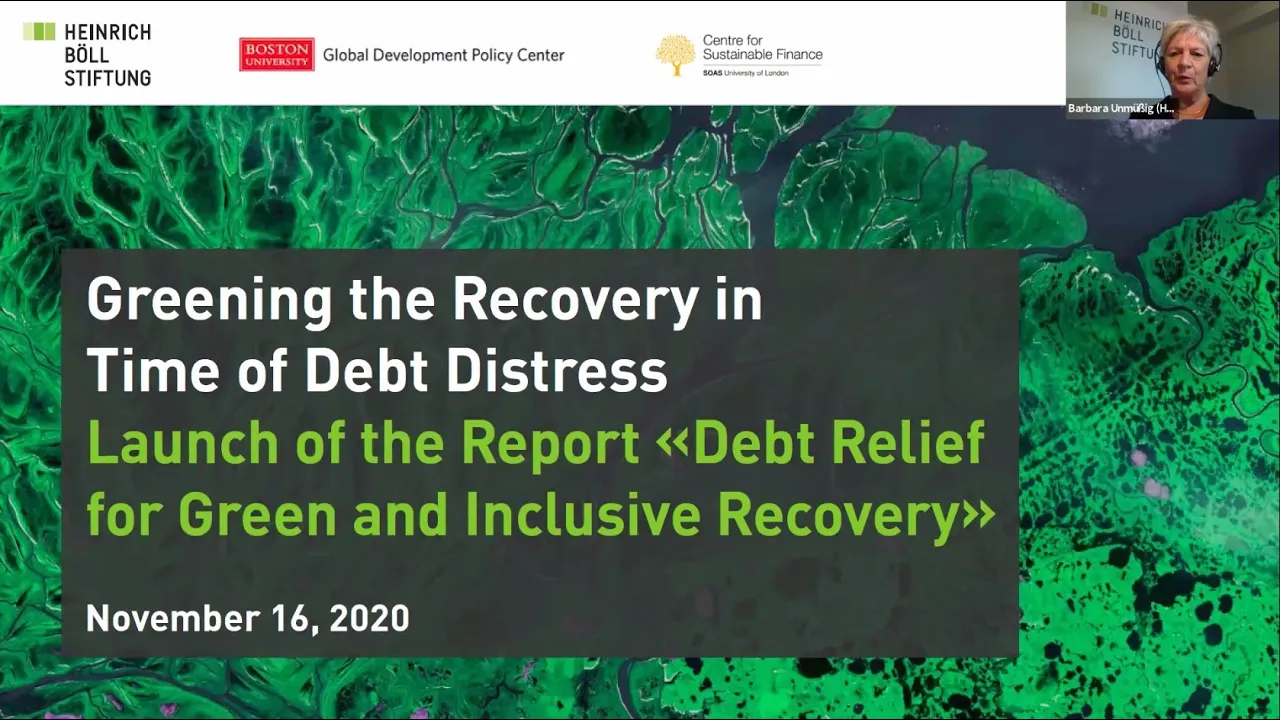 Watch on YouTube
Watch on YouTube








